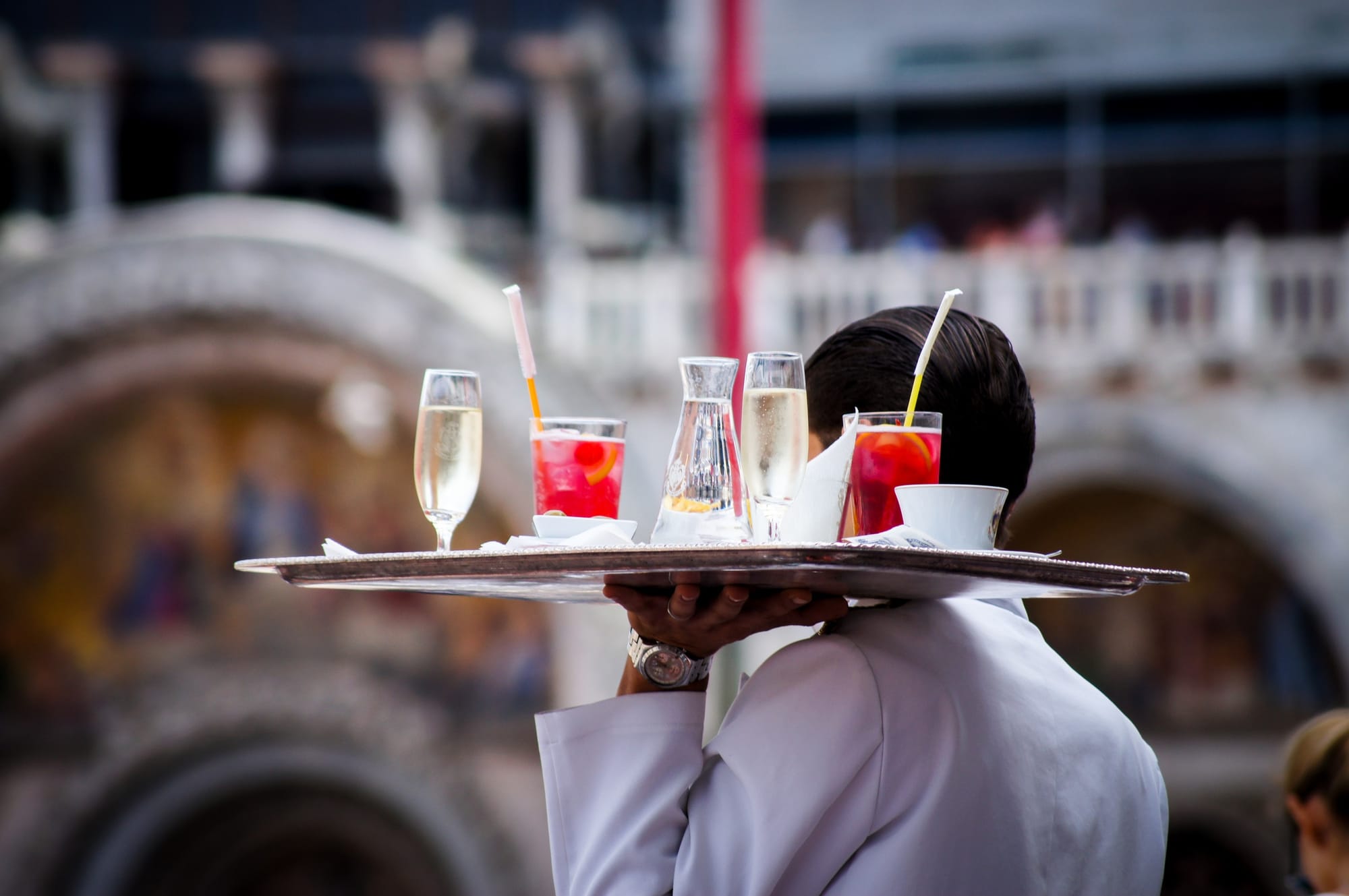Day-to-Day Responsibilities of a Dining Server

Dining servers on cruise ships play a central role in ensuring that every meal is consumed and enjoyed, contributing to the overall guest experience. Their day-to-day responsibilities vary significantly depending on the ship’s size, the number of restaurants, and the dining format offered. From bustling buffets to elegant dinners, each setting demands unique skills and attention to detail.
Typical Daily Tasks
The dining server’s day begins long before the first guests arrive. They participate in briefings with the head waiter and other staff members to discuss the menu, special occasions such as birthdays or anniversaries, and any guest-specific dietary needs that need special attention. Here’s a breakdown of their typical daily tasks:
Setting Up Dining Areas:
This involves preparing the dining room, setting tables, and ensuring that all service areas are clean and fully stocked with necessary supplies.
Serving Meals:
Servers must be adept at smoothly delivering and clearing courses, recommending dishes, and assisting guests with requests. They often have to manage multiple tables simultaneously, maintaining a friendly demeanor.
Guest Interaction:
Engaging with guests is a significant part of a server's job, requiring them to be friendly, informative, and attentive. They must remember returning guests’ preferences—a key component in personalizing service and enhancing guest satisfaction.
Different Dining Settings
Cruise ships typically offer a variety of dining options, each requiring different skills from servers:
Formal Dining Rooms:
The emphasis is on refined service and elegance. Servers must be knowledgeable about complex service protocols and interact formally with guests.
Buffets:
These are casual but require efficient, quick service to manage the high volume of guests. Servers must monitor food levels, manage queues, and ensure cleanliness throughout the service area.
Specialty Restaurants:
These restaurants often feature cuisine-specific dining, such as Italian or Japanese. Servers in these restaurants need specialized knowledge about the food and culture associated with the cuisine to enhance the guest experience.
Upholding Hygiene and Safety Standards
Maintaining strict hygiene and safety standards is paramount in a cruise ship's confined and continually moving environment. Dining servers are trained to adhere to rigorous cleanliness protocols, including regular sanitation of their stations and prompt reporting of health-related concerns. This vigilance helps prevent illnesses and ensures a safe dining environment for all passengers.
Customer Interaction and Experience

Building rapport with guests is not just a part of a server's job description; it's essential to their role. Dining servers are often among the most visible crew members, and their interactions can define a guest's cruise experience. They are trained to be attentive to guests' needs, often anticipating requests before they are made. This section of customer interaction and experience will delve into how dining servers manage this vital aspect of their role, dealing with an international clientele and ensuring each guest leaves the table satisfied.
In the next part, we will explore the various challenges that dining servers face, from physical demands to the emotional resilience required to handle different guest personalities. Stay tuned as we uncover the behind-the-scenes realities of this demanding yet rewarding profession.


